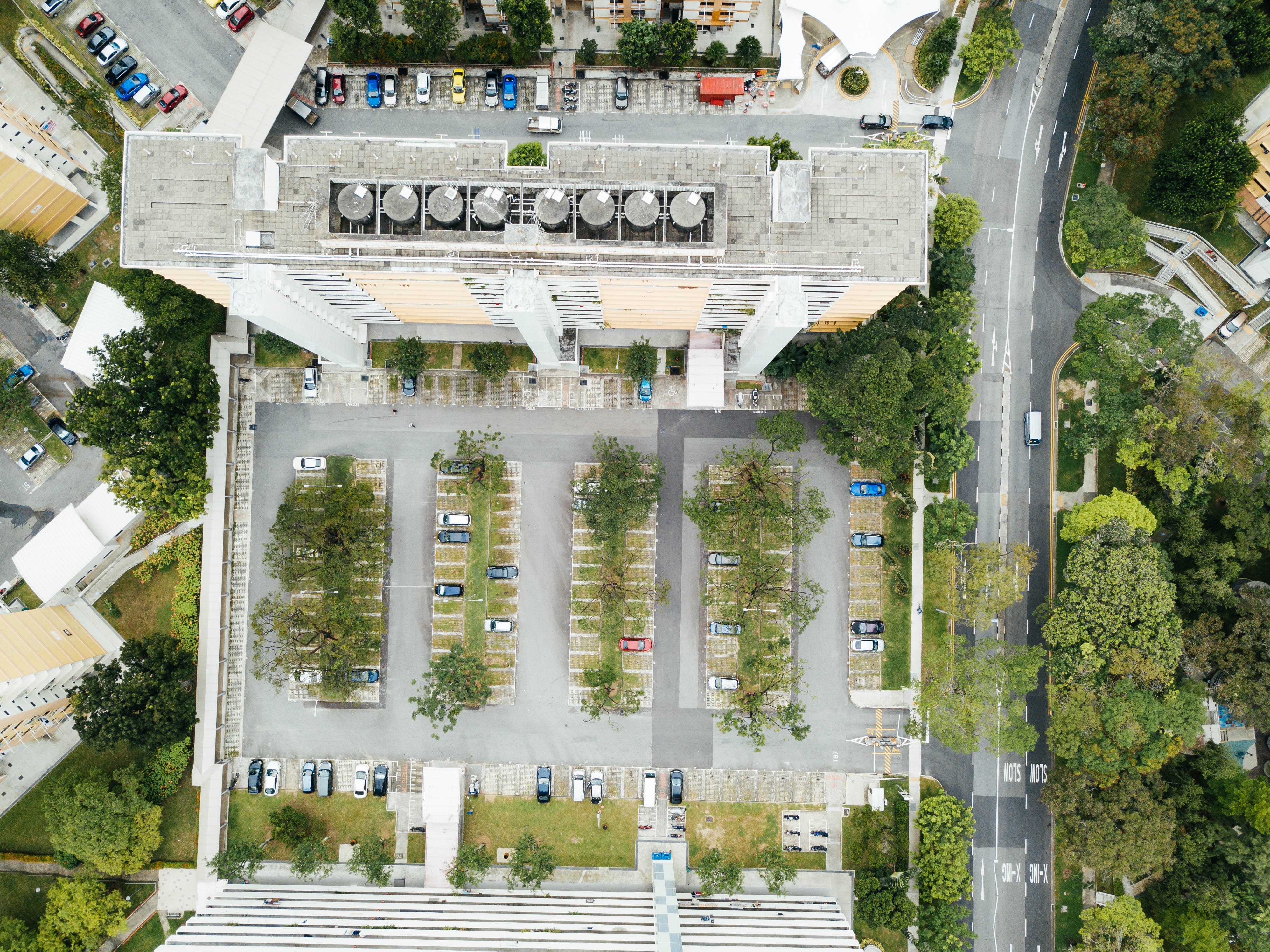Reduce fuel costs by at least 15% using mobility assistance for your urban fleet
Statistics show that fuel costs are one of the fixed leading costs when it comes to businesses that rely on fleets to operate;
If you own a fleet or are the manager of a fleet, you already know that petrol prices are constantly rising, and even if they were to decrease the prices, petrol is a regular pain in your pocket.
Sadly, petrol price is not the only factor that can and will affect the fuel budget for your company. For example, if your urban fleet is idling too long, this too will cause a major impact on your finances.
Luckily, all the other factors that affect your budgets are much more manageable and the costs of managing them are less expensive than you might think.
All the money your organisation saves by improving fuel efficiency can be put to use in a much more fruitful way.
Keep reading to find out what other bad habits affect your fuel consumption and how our mobility assistant can help you manage them, in a very easy, intuitive way, using just your smartphone.
- Reduce fuel waste caused by driver habits
Bad driving habits can cause your fuel costs to go through the roof, if some of your drivers are excessively idling or drive in an aggressive fluctuant way - by increasing or decreasing speed suddenly - this driver’s vehicle can use up to 20 % more fuel.
When it comes to idling, some drivers, seem to not think twice about the matter, but, depending on the size of the vehicle and whether or not the air conditioning is turned on, idling can waste as much as 0.9 liters in a sedan and up to 3.7 liters in a long vehicle.[1] [Text Wrapping Break]Your fleet's fuel consumption is gonna go up every time one of your drivers overheats the car in the morning, or maybe they consider as best practice the habit of letting the engine run while they make a delivery, even letting the car on to listen to the radio will increase the fuel consumption of that car.
Said habits will not only increase the fuel budget but they will also wear out the engine of the car, studies show that engines wear out 2 times faster in stationary mode than under normal conditions of use. All this will add up to the costs of your urban fleet.
By using an urban digital assistant you can schedule or generate reports to see all the times each of your drivers were idle, and, more importantly, the amount of time they spent being idle because if you own/manage an urban delivery fleet it’s not unusual for your drivers to be idle for 3 to 5 minutes(even though they shouldn’t), but if they are being idle for 30 minutes, you might want to be notified right away.
Aggressive driving, such as harsh braking, harsh acceleration, swerving, or “jackrabbit” starts when the traffic light turned green, are very risky moves, they threaten pedestrian safety, the integrity of your vehicle, the good name of your operation, and goes without saying - these driving habits increase fuel consumption. All this can be held under control simply by using a smart, hassle-free, digital assistant that just works! You only need a smartphone and you can schedule real-time notifications, for you and the drivers.
With the help of our mobility assistant, you will be able to monitor your driver's habits and reduce fuel costs you didn’t know you had.
The mobility assistant will help you track the absolute speeding of your drivers, along with the relative speeding.
With the help of the absolute speed features, you can monitor if your drivers have the bad habit of going over the speed limit. The mobility assistant can be used to send real-time notifications for overspeeding to the fleet manager/owner and even to the driver, to let him/her know s/he’s speeding and it would be a good idea to step on the brake. Most of the time people don’t want to get into trouble at work, so, by simply installing the mobility assistant you’ll make your drivers more self-conscious about their driving habits and you’ll end up saving quite a bit of money.
The relative speeding feature on our mobility assistant, it’s going to help you track the driving habits of your employees by analysing the way they move in comparison to the traffic around them, and will send notifications and alerts when the behaviour of the drivers is not the proper one.
- Decrease instances of fuel theft
The majority of light commercial vehicle (LCV) fleets don’t consider telematics as a good investment for their business, maybe you only have 5 cars and the 5 cars are driven by some relatives, what possible use can you have for telematics?!
On top of this, you can argue that telematics services usually require a loyalty payment for a year, and that is besides all the gadgets you have to acquire for the assembly to function properly. All these costs will end up adding to some hundreds of euros/LCV.
This is the absolute beauty of Urbaniqe mobility assistant, you won’t be struggling with all the gadgets and the loyalties costs, because Urbaniqe is the antithesis of telematics, you pay for it month by month as you use it and it doesn't require any gadgets besides the smartphone we all have these days. If for any reason you decide it’s not for you, you just unsubscribe and that’s that.
So, how do light commercial vehicle drivers steal fuel?! The LCV’s don’t have big fuel tanks from which to steal, making the operation next to impossible…but, is it?! Let me tell you a few hacks your drivers might be pulling on you.
For example, they might be using your fuel for personal use, or, they fill up the tank of their spouses using your company fuel and just say they lost the receipt. There are quite a few hacks drivers can pull on you and they might be even doing this without the intent to steal from you, maybe they simply feel that they’re entitled to do so.
With Urbaniqe mobility assistant, you can prevent all of that. All the steps required are in the app, all you have to do is install it on the drivers' smartphone and teach them how to use it. The mobility assistant has this little function called “Usage mode”, this should be used to tell the assistant how the car is being used, it has three options: business, private, or commute. Simply by having your drivers use this feature, you can lower your fuel costs by 15%.
The app will help you with all the statistics that you require, it can tell you whether or not the vehicle was actually on the petrol tank at the time of fueling.
Your drivers won’t be able to say they lost the receipt or that it can no longer be read because it’s dirty or because the ink is gone, the mobility assistant can scan in a smart way the receipt and transfer all the data from it so that you can use it in your reports and always have an overview of the fuel costs. - all they have to do is scan the receipt when they fuel.
This feature can and will help you build trust with your drivers.
I now want to tell you a true story that someone in the industry told me; they once had a customer who was operating a bakery and had 4 light commercial vehicles for urban delivery. The owner refused to introduce the usage mode because the cars were driven by some relatives, and as I said before, the majority of people feel they can trust their relatives and tend to forget it’s important to separate business and family.
But, because the costs seemed to be getting out of hand he decided to implement the usage mode and had the shock to find out the relatives were the ones who felt they were entitled to make use of his fuel as they pleased. After introducing the feature he managed to save up to 17% on fuel costs.
Some extra tips to cut fuel costs:
- Inflate your tires properly - under-inflated tires can cause an increase in fuel consumption by as much as 6%.
- Select the right gear - driving in a gear lower than you need wastes fuel; so does letting the engine struggle in top gear on hills and corners.
- Use the cruise control - it will help your car maintain a steady speed on the motorway. However, take into account that this efficiency is lost on hills because the cruise control tries to maintain an even speed.
- Choose the octane fuel which best suits your car's needs - always check the owner’s manual to see what your car requires; high-octane fuels aren’t always the best choice, many cars are designed to use regular low-octane fuel.
- Service your vehicle according to manufacturer’s instructions - a poorly tuned engine can use up to 50% more fuel and produces up to 50% more emissions
If you drive a hybrid, please take into consideration the tips above and take note of the next ones:
- Use the brakes - the brakes in a hybrid car help recharge the battery, you’ll want to make use of that feature.
- Maintain a low and steady speed - in a hybrid, efficiency will start to decline at speeds over 55 mph.
- Avoid putting the car in neutral when idling - it prevents electrical recharging
- Keep as little weight as possible - extra weight will cause drag and prevent your vehicle from operating optimally.
You may also like
Related stories
%20(2).jpg?width=800&height=800&name=01_okos_varos_medium%20(1)%20(2).jpg)
urbaniqe opens new horizon in urban mobility

So your company is dedicated towards sustainability - let's involve everyone in turning your fleet green!
